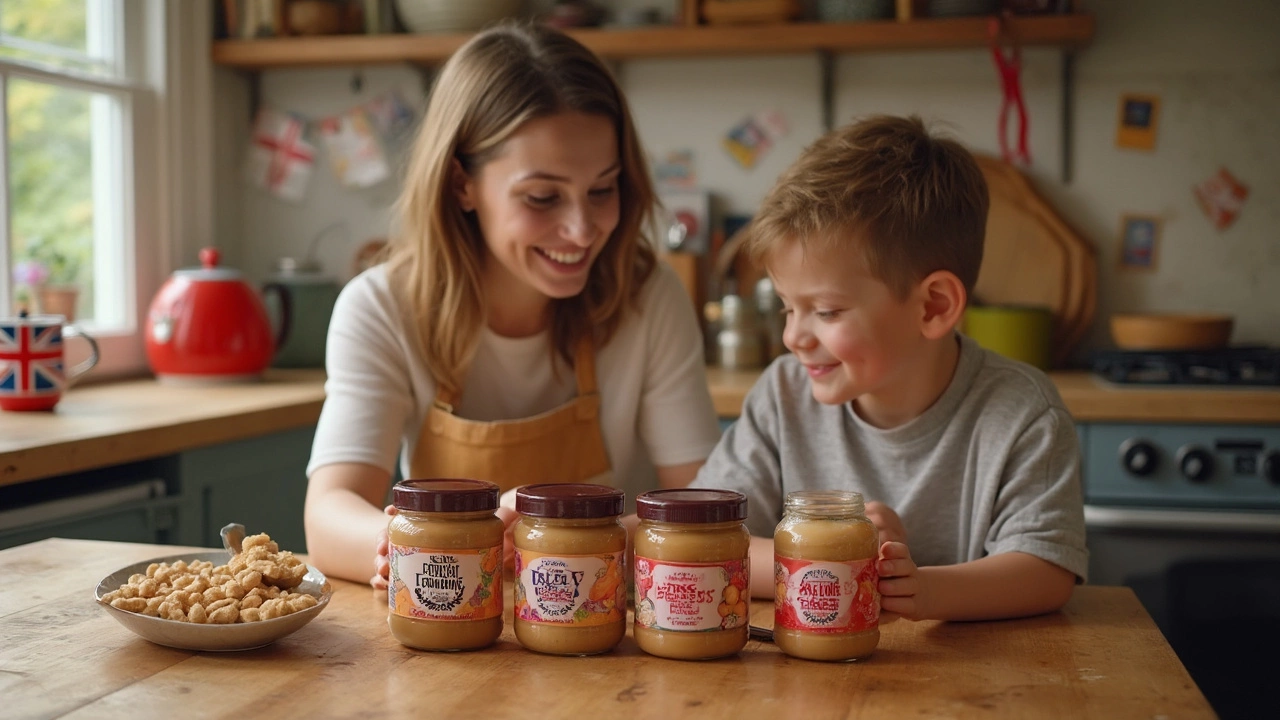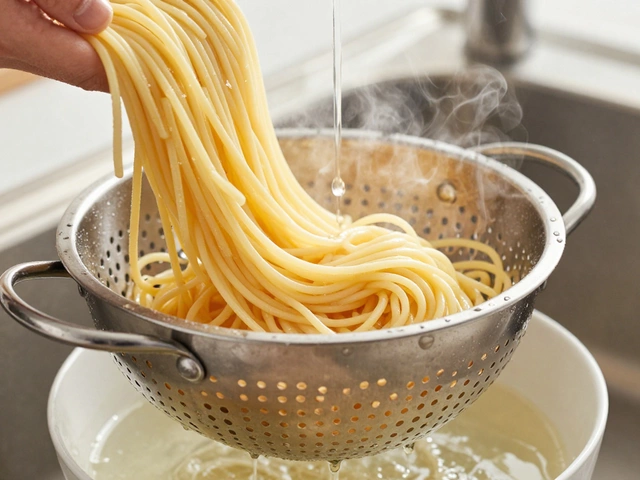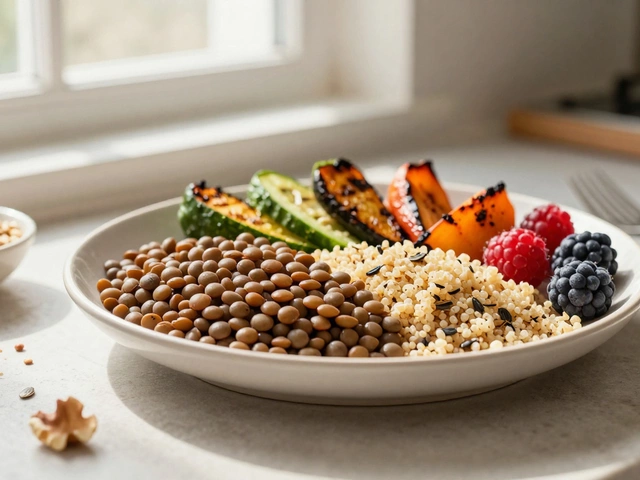Celiac‑Friendly Indian Cooking Made Simple
If you have celiac disease, every bite counts. Indian food is full of flavor, but a lot of it hides gluten in sauces, flour, and even spice mixes. The good news? You can enjoy the same bold taste without the risk. Below are quick, practical ways to keep your meals safe and delicious.
Spotting Hidden Gluten
Gluten isn’t only in wheat flour. Check the label on any ready‑made masala, tandoori sauce, or chutney – many contain barley malt or soy sauce that isn’t gluten‑free. Even some lentil mixes add a sprinkle of wheat flour for texture. When you shop, look for the certified gluten‑free logo or choose single‑ingredient spices like cumin, coriander, and turmeric.
Rice flour, chickpea flour (besan), or cornmeal are perfect stand‑ins for wheat flour. For batter, mix equal parts rice flour and chickpea flour; it gives a crispy coat for pakoras or fish fry without any gluten. If a recipe calls for thickening, swap cornstarch for arrowroot powder – it works just as well.
Quick Gluten‑Free Meal Ideas
1. Simple Dal Tadka: Rinse red lentils, simmer with water, turmeric, and salt. In a separate pan, heat ghee, add cumin seeds, chopped garlic, and a pinch of asafoetida (hing). Pour the spice mix over the cooked dal, stir, and serve with basmati rice.
2. Chickpea Flour Pancakes (Besan Chilla): Whisk besan, water, chopped onion, tomato, green chili, and a dash of coriander. Cook on a non‑stick pan until golden on both sides. Pair with a gluten‑free mint yogurt sauce.
3. Coconut Curry Chicken: Saute onion, ginger, and garlic in oil. Add boneless chicken, tomato puree (check it’s gluten‑free), coconut milk, and garam masala. Simmer until the chicken is tender. Serve over quinoa or rice.
These dishes need only pantry basics, so you won’t have to hunt for exotic ingredients. Keep a small stash of gluten‑free flour blends, a bottle of gluten‑free soy sauce (or tamari), and a bag of certified gluten‑free spices. That way, you can turn any recipe into a safe version in minutes.
When eating out, don’t be shy. Ask the kitchen how they prepare the dish and whether they use a separate cooking area. Most restaurants are happy to accommodate if they know you have celiac disease.
Finally, always clean your utensils. Even a tiny splatter of wheat flour can trigger a reaction. Use separate cutting boards, spoons, and oil for gluten‑free cooking. A quick wipe‑down of your pan before you start a new recipe is a small step that saves a lot of worry.
With these tips, you can enjoy the rich, spicy world of Indian food without compromising your health. Grab your favorite spices, swap the flour, and dive into flavor‑filled meals that are safe for celiac. Happy cooking!

Does Peanut Butter Have Gluten? What You Need to Know
by Landon Weathers / 19 Jun 2025Wondering if peanut butter is safe for a gluten-free diet? This article breaks down what’s really in your jar, looks at popular brands, and shares tips on how to avoid gluten when picking peanut butter. You'll learn how to read labels, spot gluten cross-contact risks, and get snack ideas that are both safe and delicious. If you or a loved one deals with celiac or gluten sensitivity, this guide clears up all the confusion.

Are Hot Dogs Safe for a Gluten-Free Diet?
by Landon Weathers / 23 Jan 2025Hot dogs are a popular food yet are often scrutinized by those adhering to a gluten-free diet. While many hot dogs themselves do not contain gluten, it's crucial to be aware of potential additives and toppings that might not be gluten-free. This article explores which hot dogs are usually safe for gluten-sensitive individuals, highlights ingredients to watch out for, and offers tips for enjoying hot dogs while maintaining a gluten-free lifestyle. The right choices can lead to delicious gluten-free hot dog recipes.




